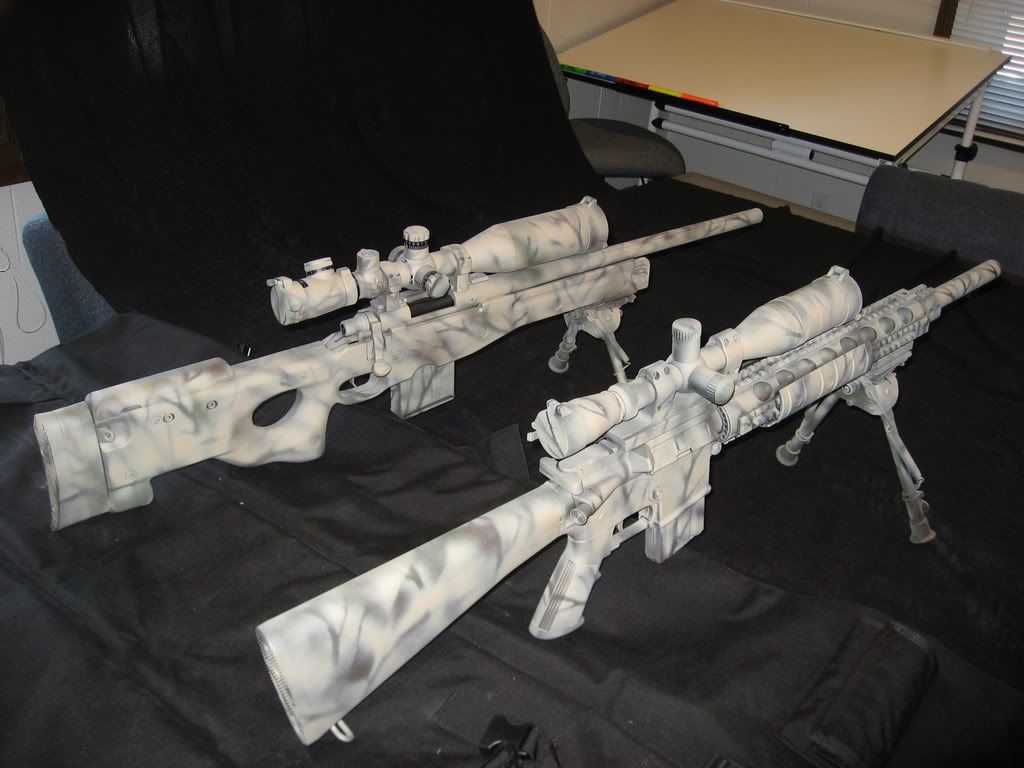Aluminum - Is it safe to use Simple Green® on aluminum?
When used with caution and according to the instructions, Simple Green All-Purpose Cleaner has been safely and successfully used to clean aluminum. Simple Green All-Purpose Cleaner, Crystal Simple Green® Cleaner/Degreaser, Simple Green Pressure Washer Concentrates, and Pro Series™ Simple Green® Automotive Cleaner have been used on aircraft, automotive, industrial and consumer aluminum items for over 20 years. However, caution and common sense must be used: aluminum is a soft metal that easily corrodes with unprotected exposure to water. The aqueous-base and alkalinity of Simple Green All-Purpose Cleaner can accelerate the corrosion process.
Therefore, contact times for unprotected or unpainted aluminum surfaces should be kept as brief as the job will allow - never for more than 10 minutes. Large cleaning jobs should be conducted in smaller-area stages to achieve lower contact time. Rinsing after cleaning should always be extremely thorough - paying special attention to flush out cracks and crevices to remove all Simple Green® product residues. Unfinished, uncoated or unpainted aluminum cleaned with Simple Green products should receive some sort of protectant after cleaning to prevent oxidation.
Simple Green has also developed break-through water based cleaners that are safe for use on metals, plastics, rubber and high tech alloys. Extreme Simple Green® Aircraft & Precision Cleaner and Simple Green® Pro HD are available on both the industrial and retail markets, respectively. These products were initially developed for the aircraft industry and extensive testing shows that they are safe and effective on a variety of metals and other sensitive surfaces even in the most extreme circumstances.
Simple Green® Stainless Steel One Step Cleaner & Polish is another option for cleaning polished aluminum. This product is designed for light duty metal cleaning and polishing.






 Reply With Quote
Reply With Quote






 with other cleaners and never while using their product!
with other cleaners and never while using their product!

Bookmarks